How Many Products Can WooCommerce Handle?
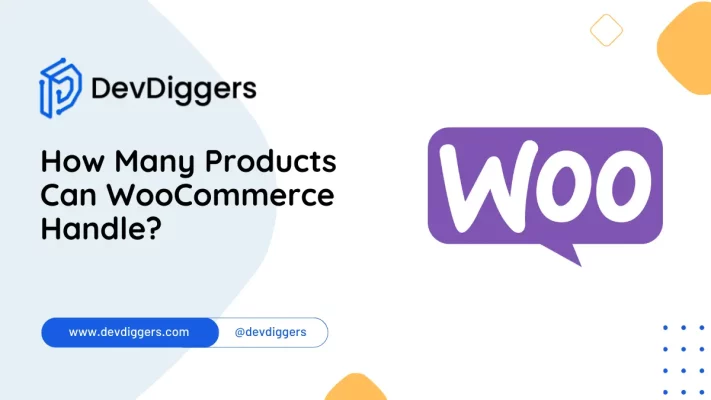
In online selling, picking the right tool for your store is super important. Many people love using WooCommerce, a handy plugin for WordPress, because it’s flexible and can be personalized.
But here’s the big question as your shop grows: How many products can WooCommerce handle?
This blog is about determining if WooCommerce can keep up as your store gets bigger. We’ll discuss what it can do, its limits, and ways to ensure it runs smoothly as your business grows.
Whether you’re just starting out or already doing big things, understanding how much WooCommerce can handle is vital for a great online shopping experience.
Please stick with us to learn more about making smart choices for your online store!
Table of Contents
What is WooCommerce?

WooCommerce is a powerful eCommerce plugin designed specifically for WordPress, one of the most popular website platforms. You cannot use WooCommerce without WordPress.
WooCommerce, developed by Automattic, who made WordPress, transforms an ordinary website into a fully functional online store.
This simple and adaptable interface allows businesses of all sizes to set up and manage their online stores quickly.
WooCommerce’s capabilities include product listing, secure payment choices, inventory management, and order tracking.
Whether you own a small business or a large corporation, WooCommerce is an effective platform that allows you to set up and manage your digital storefront within the WordPress environment.
How does WooCommerce Work?
WooCommerce seamlessly integrates with your WordPress website and adds powerful eCommerce functionality. Here’s a breakdown of how it operates:
- Installation and Setup: First, you install the WooCommerce extensions, which guide you through a setup where you tell it essential things about your store, like where you’re based and what you’re selling.
- Product Management: You can easily add, edit, and care for all your products using WooCommerce. Put in details like prices, descriptions, and pictures.
- Shopping Cart and Checkout: WooCommerce creates a handy shopping cart for customers. They can toss in products, review what they’re getting, and smoothly go through the checkout process, which you can adjust to fit your style.
- Payments and Shipping: You can choose how customers pay credit cards, PayPal, and more. Plus, you decide how things get shipped out to your customers.
- Order Management: Once someone makes a purchase, WooCommerce helps you stay organized. You can track orders, update their status, and deal with refunds if needed.
- Customization and Extensions: WooCommerce is like your own digital chameleon. You can change how it looks by picking themes and adding extra cool features with extensions.
- Reports and Analytics: A built-in tool lets you know how your store is doing. Track sales, see what your customers are up to, and manage your stock.
- Security: WooCommerce takes security seriously. It ensures that payments are secure, supports SSL, and follows all the best practices to keep your business and customers’ info safe.
In a nutshell, WooCommerce is the powerhouse that runs your online store, making it easy for you to sell things in a safe, user-friendly way.
Optimize your eCommerce website performance by setting up WooCommerce on WordPress, unlocking seamless online business possibilities.
How Many Products Can WooCommerce Handle?

“How Many Products Can WooCommerce Handle?” is a common query for those exploring the capabilities of this versatile eCommerce plugin.
The answer depends on several factors; WooCommerce is designed to manage a wide range of products, making it suitable for small and large online stores.
The specific number of products WooCommerce can handle depends on various factors, including your hosting environment, server resources, and the overall configuration of your website.
WooCommerce is generally scalable and can manage thousands of products without significant performance issues.
WooCommerce can efficiently handle a few hundred to a couple of thousand products for smaller websites or startups.
As your product catalog grows, Ensuring that your hosting plan includes enough capacity to handle increased traffic and data processing is critical.
To improve the performance of the WooCommerce store, consider implementing caching mechanisms, Using a content delivery network (CDN), and selecting a reputable hosting provider with enough server capacity.
Regular maintenance, database optimization, and keeping your software up to date also contribute to a smoother experience as your product inventory expands.
Tips for Handling High Traffic and Products with WooCommerce
Effectively managing increased website traffic and a growing array of products in WooCommerce doesn’t have to be complicated. Here are some straightforward tips:
- Choose a Reliable Host: Go for a dependable hosting service that can handle many visitors and products without slowing down.
- Content Delivery Network (CDN): Use a Content Delivery Network (CDN) to distribute your website content globally. This ensures faster load times, especially for users from different geographical locations.
- Caching Mechanisms: Implement tools that store pre-loaded versions of your website components. This enhances site speed, particularly for repeat visitors.
- Optimize Images: Resize and optimize your product images intelligently. Smaller image files contribute to quicker page loading, a critical factor when dealing with an extensive product inventory.
- Database Optimization: Regularly optimize your WooCommerce database to eliminate unnecessary elements, promoting faster website performance.
- Update WooCommerce and Plugins: Keep your WooCommerce plugins and other tools current. Developers frequently release updates that improve functionality and security.
- Implement Lazy Loading: Ensure images load only when they enter the user’s screen. This saves bandwidth and improves page load times, especially for product-heavy pages.
- Limit External Requests: Reduce the number of external requests your website makes. Only integrate essential external services to maintain optimal performance.
- Regular Backups: Routinely back up your WooCommerce store to safeguard against unexpected issues, allowing for quick restoration in case of unpredictable events.
- Utilize Object Caching: Implement object caching to store complex data structures in memory, reducing the need for repetitive regeneration and enhancing overall website performance.
- Use AJAX-Powered Search and Sort: Use plugins to empower your store with WooCommerce tables with instant search, filters & sorting regardless of the number of products.
By following these tips, you can ensure that your WooCommerce store remains efficient in handling increased traffic and a growing product inventory, providing a positive and swift shopping experience for your customers.
Some Examples of Large-Scale WooCommerce Stores
Numerous large-scale eCommerce sites use WooCommerce, which provides an easy answer to the question, “How Many Products Can WooCommerce Handle?” WooCommerce helps manage these online stores smoothly, especially when there are many products.
1. Lush Cosmetics

Renowned for its diverse range of cosmetic products, Lush employs WooCommerce to power its online store. This choice enables Lush to deliver a seamless and engaging shopping experience to its customer base.
2. Weber
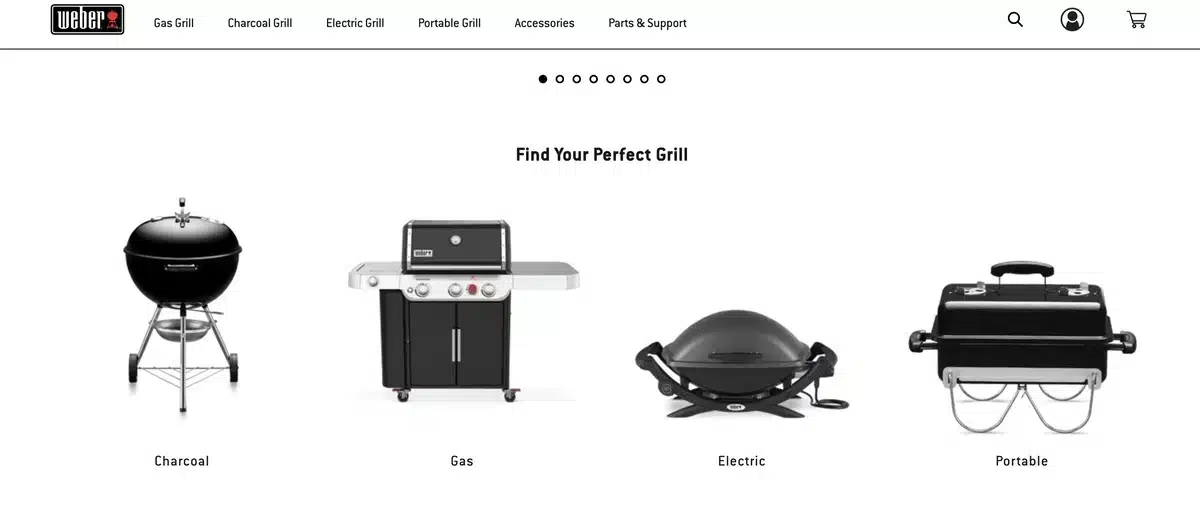
Weber, a leading grills and outdoor equipment manufacturer, relies on WooCommerce for its eCommerce endeavors. The platform empowers Weber to showcase and sell a comprehensive array of products directly to consumers.
3. All Blacks Shop
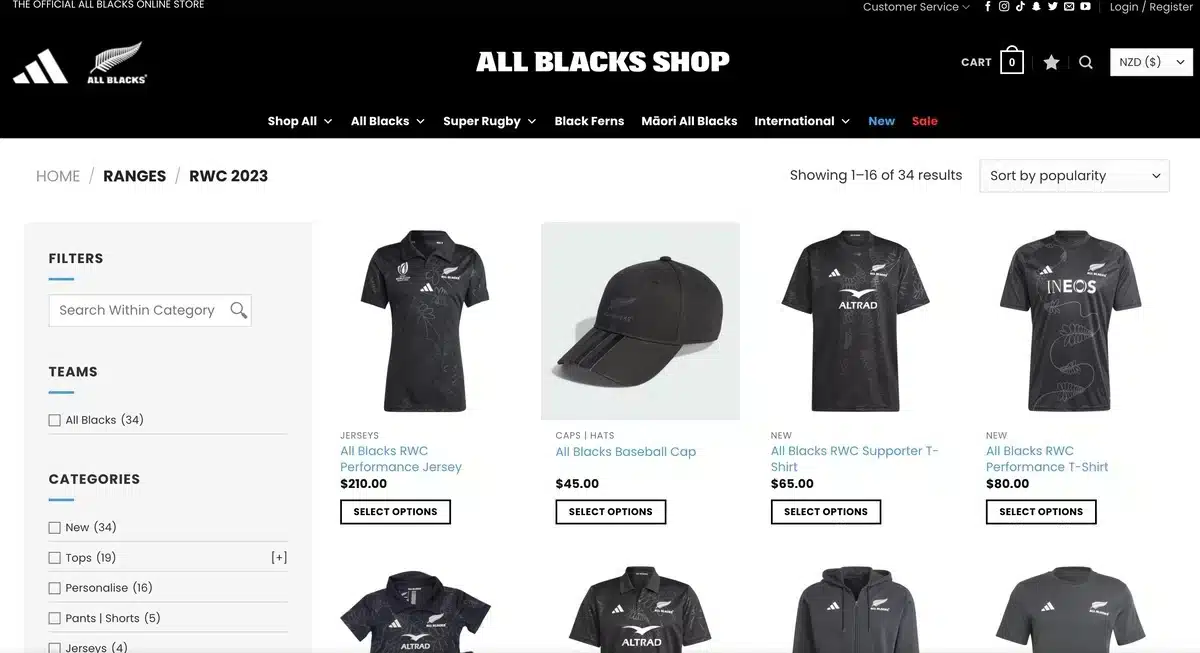
The official eCommerce store of the New Zealand national rugby team, All Blacks Shop, utilizes WooCommerce to offer a variety of team merchandise. This enables fans worldwide to purchase products representing their favorite rugby team conveniently.
4. GhostBed
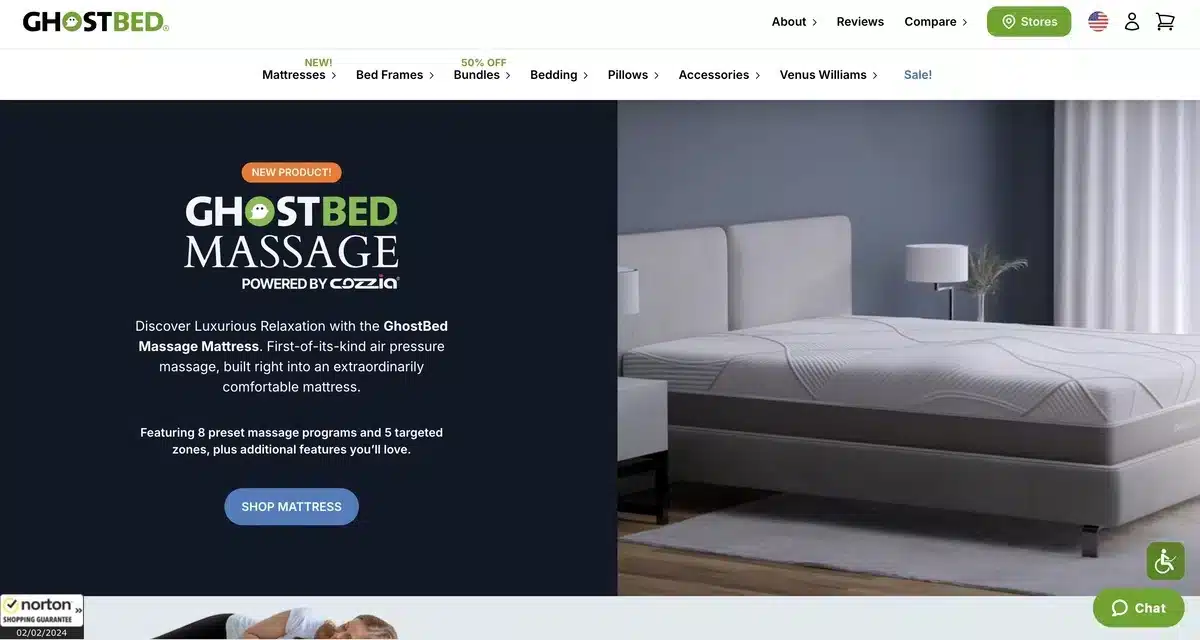
Specializing in mattresses and bedding, GhostBed successfully integrates WooCommerce to manage its diverse product listings and facilitate online sales. The platform supports GhostBed’s eCommerce operations while delivering a user-friendly interface for customers.
5. Elementor
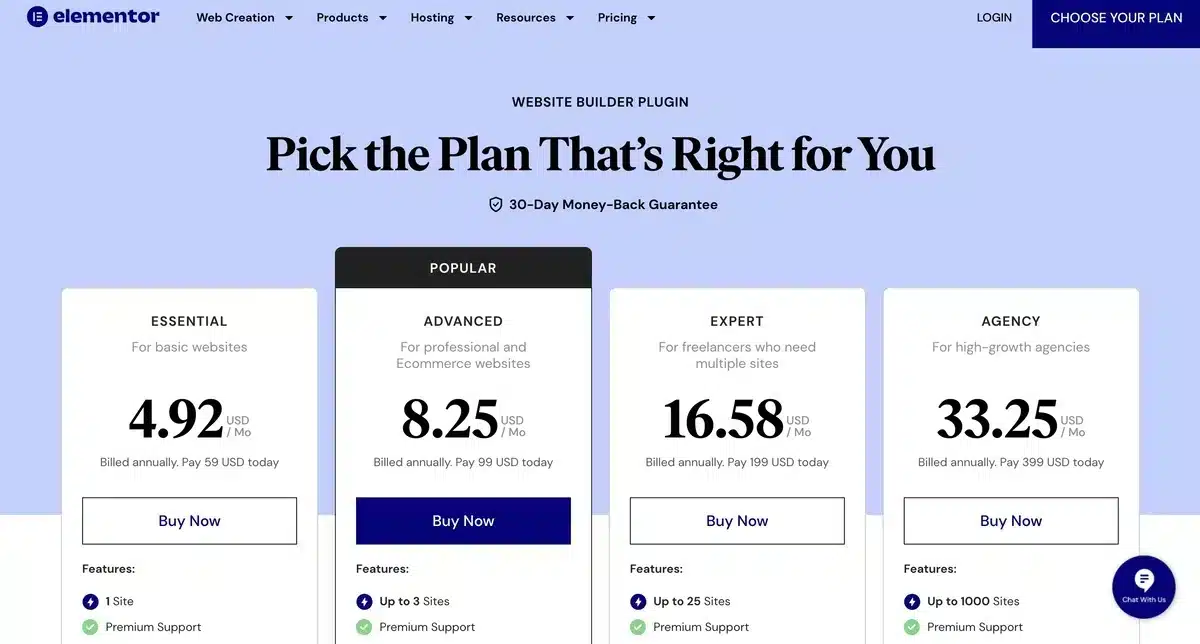
A famous WordPress website builder, Elementor employs WooCommerce to sell its pro version and related products. This showcases the adaptability of WooCommerce, even for tech-oriented products, facilitating seamless online transactions.
6. Printful
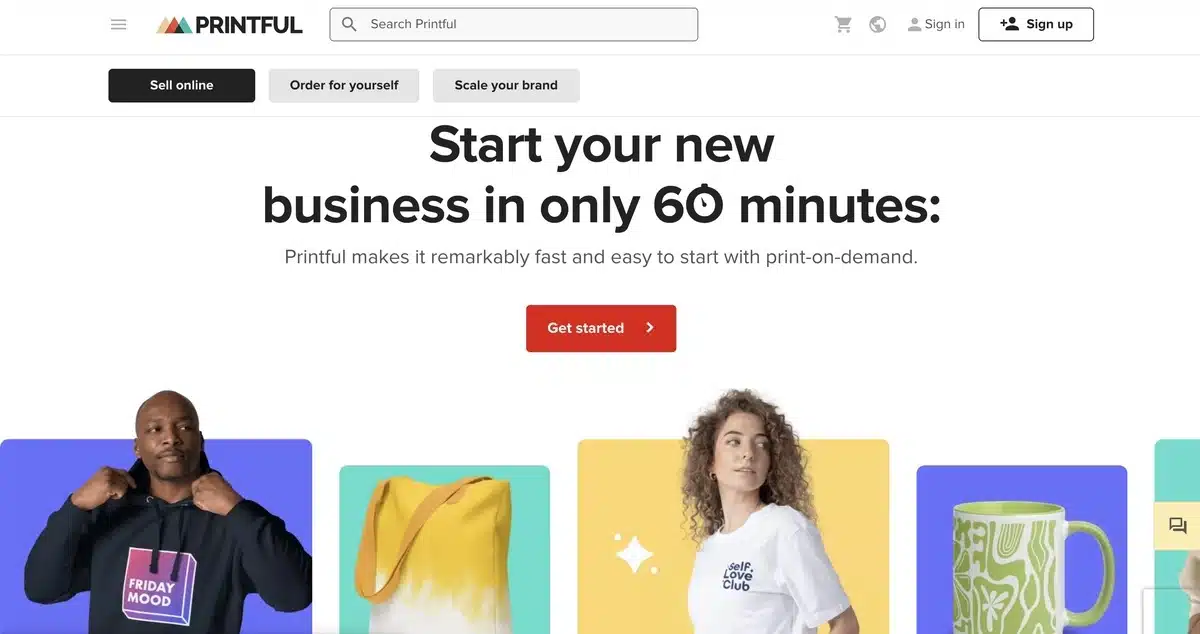
A key player in print-on-demand and dropshipping, Printful integrates WooCommerce to streamline business eCommerce. Users can easily create and sell custom products, illustrating how WooCommerce accommodates various business models.
Final Thoughts on How Many Products Can WooCommerce Handle
The question is, how many products can WooCommerce handle? Shows that it’s a flexible and powerful tool for online stores.
Looking at actual examples, we see that WooCommerce works well for all kinds of businesses, big or small, dealing with many products and website visitors.
As technology advances, WooCommerce remains an excellent choice for those who want an easy-to-use and adaptable platform for their online stores.
Whether you’re just starting out or already a big player, WooCommerce offers a reliable and user-friendly solution to make your online shop thrive.
Keep an eye on updates and improvements to get the most out of WooCommerce in the ever-changing online market.
